Table of Contents
A wedding is a celebration of love and commitment and every detail is carefully curated to make the day unforgettable. Among the many elements that contribute to the beauty and symbolism of a wedding, flowers hold a special place. They not only add color and fragrance but also convey emotions and meanings. In this article, we will explore the world of wedding flowers, from the latest trends to the profound symbolism behind different blooms, helping you choose the perfect bouquet for your special day.
A wedding is more than just an event; it’s a celebration of love and commitment, a union of two souls embarking on a journey together. Every detail of this momentous day is thoughtfully curated to create an unforgettable experience for both the couple and their guests. Among the myriad elements that contribute to the beauty and symbolism of a wedding, flowers hold a unique and cherished place.
Flowers are not mere decorations; they are living expressions of love, beauty and emotion. They have the power to transform a venue, evoke sentiment and create a visual and sensory symphony that resonates with everyone present. When carefully selected and arranged, they become an integral part of the narrative, weaving a story that reflects the couple’s personalities and the essence of their relationship.
In this article, we invite you to step into the enchanting world of wedding flowers. We’ll journey through the latest trends in floral design, exploring the colors, textures and styles that are currently captivating brides and grooms. From the timeless elegance of roses to the rustic charm of wildflowers, we’ll uncover the myriad possibilities for crafting the perfect bouquet that complements your wedding’s theme and atmosphere.
Beyond their aesthetic appeal, flowers have a profound language of their own. Each bloom carries its unique symbolism and meaning, allowing couples to infuse their wedding with a deeper layer of significance. Whether you choose the passionate red of a rose, the purity of a lily or the serenity of lavender, your floral choices can communicate your love story, hopes and dreams.
Furthermore, we’ll delve into the art of floral arrangements, from cascading bouquets to minimalist boutonnieres, providing insights into the various styles that suit different wedding themes. Whether you’re planning a grand soirée in a ballroom or an intimate gathering in a garden, there’s a bouquet and floral arrangement that can beautifully complement your vision.
Ultimately, our aim is to guide you through the process of selecting the perfect wedding flowers that not only enhance the visual allure of your day but also encapsulate the emotions and aspirations you share with your partner. Whether you’re a romantic soul drawn to classic blossoms or a free spirit seeking the untamed beauty of wildflowers, we’re here to inspire and assist you in choosing the floral elements that will make your wedding day an unforgettable expression of your love and commitment.
You can also read more about this here: Wedding Bouquets: The Most Common Types, Explained
The Language of Flowers: Symbolism and Meanings
Flowers have been used to express emotions and convey messages for centuries. Understanding the symbolism behind different blooms can add depth and personal significance to your wedding bouquet. Here are some popular choices and their meanings:
Flowers, with their timeless beauty and rich symbolism, have been cherished throughout history as a means of expressing emotions, sentiments and unspoken messages. For centuries, they have played a vital role in various cultures and traditions, carrying with them the power to convey profound feelings and meanings. When it comes to your wedding bouquet, the choice of flowers can add an extra layer of significance, allowing you to infuse your arrangement with personal sentiments and stories. Here, we delve into the fascinating world of floral symbolism and explore some popular choices and their meanings:
Roses: Perhaps the most iconic of all wedding flowers, roses have a language of their own. Red roses signify deep love and passion, while white roses represent purity and new beginnings. Pink roses symbolize admiration and gratitude, making them a wonderful choice to express your appreciation.
Lilies: Lilies exude elegance and majesty. White lilies, often associated with purity and virtue, can be a perfect choice for a bridal bouquet. On the other hand, the vibrant and regal Calla lilies symbolize beauty and sophistication.
Peonies: With their lush, ruffled petals, peonies are emblematic of prosperity, good fortune and a happy marriage. They add a touch of romance and abundance to your bouquet.
Tulips: Tulips are versatile flowers with various meanings depending on their colors. Red tulips convey love, while white tulips signify forgiveness and fresh beginnings. Yellow tulips symbolize cheerfulness and joy.
Daisies: Daisies are the epitome of innocence and simplicity. They represent purity, loyal love and the idea of “forever young.” Including daisies in your bouquet can evoke a sense of nostalgia and youthful love.
Orchids: Orchids are a symbol of rare and delicate beauty. They signify love, luxury and strength. Incorporating orchids into your bouquet can add an air of exoticism and elegance.
Sunflowers: Radiating warmth and happiness, sunflowers are known to symbolize adoration and loyalty. They are a fantastic choice for couples seeking a cheerful and vibrant bouquet.
Carnations: Carnations come in a variety of colors, each carrying its own meaning. White carnations convey pure love and good luck, while red carnations symbolize admiration and deep affection. Pink carnations represent gratitude and appreciation.
Baby’s Breath: Often used as a filler flower, baby’s breath signifies everlasting love and purity of heart. It complements other blooms beautifully and adds a touch of ethereal charm.
Understanding the symbolism behind these flowers can help you select the perfect blossoms to express your emotions and intentions on your wedding day. By carefully curating your bouquet with flowers that resonate with your personal love story, you infuse your special day with layers of meaning and sentiment, making it a cherished and unforgettable experience for you and your loved ones. So, as you hold your bouquet on your wedding day, you’ll not only be carrying a stunning arrangement of blooms but also a profound reflection of your love and the journey that brought you together.
For a comprehensive look at this subject, we invite you to read more on this dedicated page: Blog Archives – Delightfully Oviedo Blog
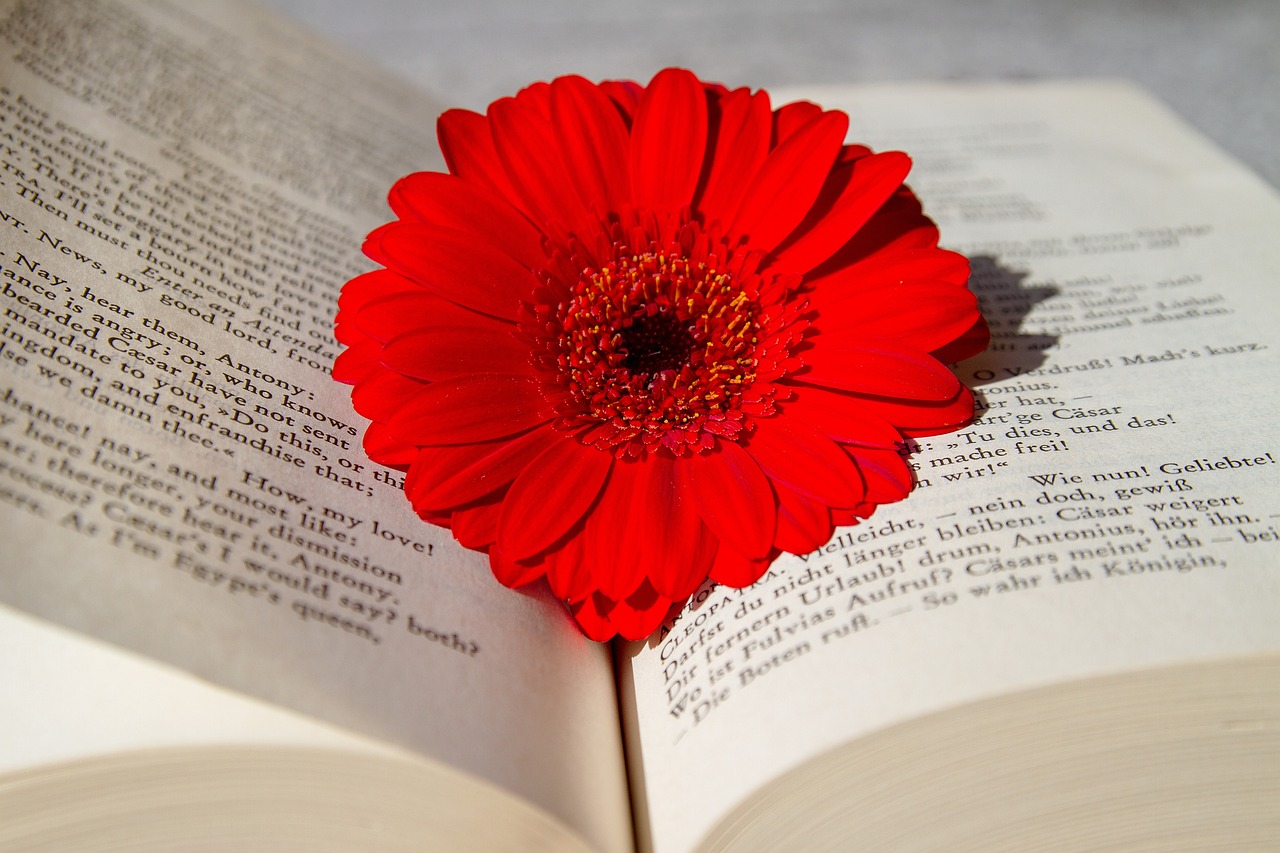
Roses
Perhaps the most iconic wedding flower, roses symbolize love, passion and beauty. Different colors convey varying emotions; for example, red roses represent deep love, while white roses signify purity and new beginnings.
Indeed, roses have earned their status as the most iconic and beloved flowers for weddings, largely due to their timeless symbolism of love, passion and beauty. These exquisite blooms have a language all their own and their colors, in particular, carry profound messages that add depth and sentiment to the occasion. When it comes to expressing emotions through roses, each color tells a unique story.
Red Roses: Without a doubt, red roses reign supreme as the ultimate symbol of deep and passionate love. Their bold and rich hue evokes strong emotions and sentiments of love and desire. The act of giving red roses is an unequivocal declaration of affection and devotion, making them the quintessential choice for romantic gestures and weddings.
White Roses: Pure, pristine and untainted, white roses are emblematic of purity and innocence. They signify the beginning of a new journey, making them a cherished choice for weddings, where they represent the purity of love between the couple and the fresh start of their life together. White roses can also symbolize unity and a bond that is unbroken.
Pink Roses: The delicate shades of pink roses span a spectrum of emotions, from admiration and gratitude to joy and appreciation. Light pink roses convey admiration and gratitude, making them a wonderful choice for bridesmaids and family members. Deeper shades of pink symbolize joy and appreciation, celebrating the happiness and gratitude shared between the couple.
Yellow Roses: Sunny and cheerful, yellow roses evoke feelings of joy, warmth and friendship. They symbolize the bond of friendship and the promise of a new beginning. Yellow roses can be a beautiful addition to wedding bouquets, especially when celebrating the close bonds between friends and loved ones who have gathered to share in the joyous occasion.
Orange Roses: Vibrant and energetic, orange roses radiate enthusiasm and passion. They convey a sense of fascination and excitement, making them a captivating choice for weddings that are filled with energy and a zest for life. Orange roses celebrate the adventure of love and the anticipation of an exciting future together.
Lavender Roses: Lavender roses represent enchantment and love at first sight. They convey a sense of wonder and admiration, often symbolizing love that is both deeply romantic and mysterious. These roses can add an element of magic and intrigue to wedding arrangements.
Peach Roses: The soft and delicate hue of peach roses symbolizes gratitude and appreciation. They convey a sense of sincerity and gratitude, making them an excellent choice for expressing thanks to those who have contributed to the wedding and for conveying a sense of warmth and appreciation.
Incorporating roses of various colors into wedding arrangements allows couples to craft a nuanced narrative of their love, passion and journey together. Each rose color adds layers of meaning and sentiment to the celebration, creating a visual and emotional tapestry that mirrors the depth and complexity of their relationship.
Looking for more insights? You’ll find them right here in our extended coverage: The Best Flowers for All Occasions
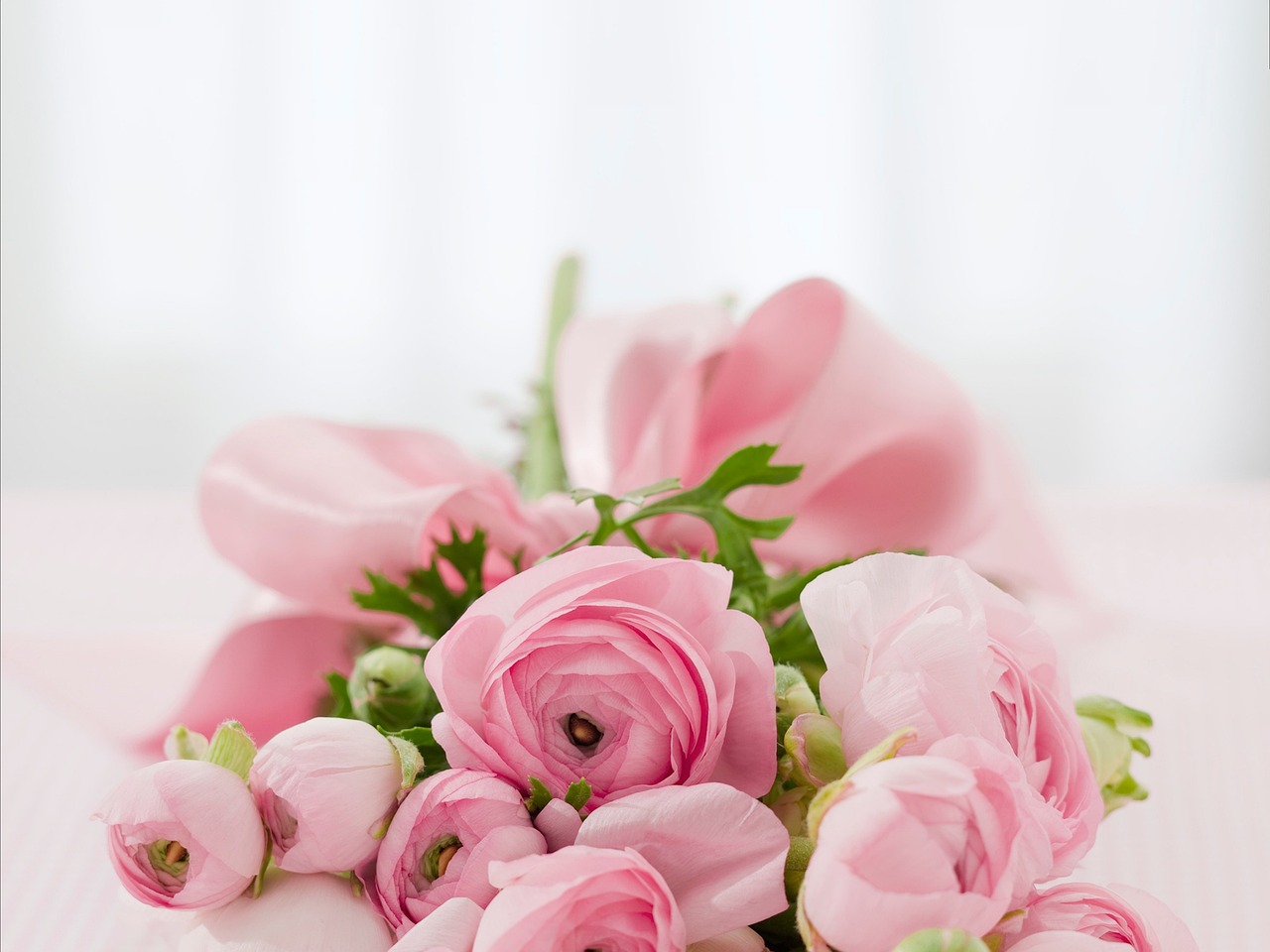
Peonies
Known for their lush petals and delicate fragrance, peonies represent prosperity, good fortune and a happy marriage.
Peonies, with their opulent blooms and captivating fragrance, have earned a special place in the realm of floral symbolism. Beyond their aesthetic appeal, peonies carry deep and meaningful connotations that have made them cherished flowers in various cultures throughout history.
Prosperity and Wealth: One of the central themes associated with peonies is prosperity. In many cultures, these magnificent blooms are seen as symbols of abundance and financial success. Their lush, abundant petals and vibrant colors evoke the idea of opulence and plenty. Displaying peonies in homes and gardens is believed to attract wealth and good fortune, making them popular choices for celebratory occasions and festivals.
Happy Marriage: Peonies are often regarded as icons of love and romantic bliss, particularly in the context of marriage. They are considered symbols of a harmonious and joyful union. In many wedding ceremonies, peonies are used as decorative elements or are featured in bridal bouquets, representing the wish for a loving and prosperous marriage journey.
Femininity and Beauty: With their exquisite appearance, peonies have also been associated with notions of femininity and beauty. Their soft, layered petals and graceful form have made them a favorite subject of artists and poets, who have drawn inspiration from their delicate allure. In literature and art, peonies are often used to symbolize the beauty and grace of women.
Chinese Cultural Significance: In Chinese culture, peonies hold a particularly special place. They are often referred to as the “King of Flowers” and are regarded as a symbol of nobility, honor and high social status. Peonies are frequently depicted in Chinese art and literature as emblems of prosperity and prestige. The city of Luoyang in China is famous for its peony gardens and annual peony festival, celebrating the flower’s cultural significance.
Emblem of Healing: In traditional medicine systems, certain varieties of peonies have been used for their potential healing properties. Peony root, in particular, has been employed in herbal remedies for its believed ability to alleviate various ailments. This association with healing adds another layer of symbolism to the peony’s character.
Change and Transformation: In some cultures, peonies are seen as symbols of transformation and renewal. Their ability to burst forth in exquisite bloom from seemingly lifeless buds in the spring is interpreted as a representation of change, growth and the cyclical nature of life.
Respect and Honor: Peonies are often given as gifts to convey respect and admiration. Whether as a gesture of gratitude or to express admiration for someone’s achievements, peonies communicate a sense of honor and esteem.
In summary, peonies are more than just beautiful flowers; they are carriers of profound symbolism that spans cultures and centuries. Whether evoking notions of prosperity, love, beauty or transformation, these lush blooms continue to captivate our hearts and minds, reminding us of the rich tapestry of meanings that flowers can convey in the human experience.
If you’d like to dive deeper into this subject, there’s more to discover on this page: How to choose the perfect wedding flowers, from symbolic meanings …

Lilies
Lilies are associated with devotion and virtue, making them a popular choice for weddings. White lilies, in particular, symbolize purity and commitment.
Lilies, with their ethereal beauty and rich symbolism, have long held a special place in the world of flowers. Their association with devotion and virtue has made them a perennial favorite, especially in the context of weddings. Beyond their captivating appearance, lilies carry profound meaning that resonates with couples embarking on a journey of love and commitment.
White lilies, in particular, are emblematic of purity and unwavering commitment. This symbolism aligns perfectly with the sanctity of marriage, where two individuals pledge their love and fidelity to one another. When brides carry or wear white lilies in their wedding arrangements, it’s not merely an aesthetic choice; it’s a declaration of the pure and virtuous love they share with their partner.
The association of lilies with weddings goes beyond their symbolic significance; it also extends to their practical qualities. Lilies are known for their durability and longevity as cut flowers, making them an ideal choice for bridal bouquets and floral arrangements that are meant to last throughout the day and beyond. This longevity mirrors the enduring nature of the commitment made in marriage.
Moreover, lilies come in various colors, each with its unique symbolism. Pink lilies, for instance, are often associated with love and admiration, while orange lilies can symbolize passion and confidence. Couples can choose lilies in hues that resonate with their personal feelings and the themes of their wedding.
The presence of lilies in wedding ceremonies not only adds an element of elegance but also imparts a sense of tradition and meaning. Their timeless symbolism reminds us of the enduring power of love, devotion and the commitment that binds two hearts together. So, when you see lilies gracing a wedding, know that they are not just beautiful blooms; they are a silent yet powerful affirmation of the profound emotions and promises exchanged on this special day.
Looking for more insights? You’ll find them right here in our extended coverage: Wedding Bouquets: The Most Common Types, Explained

Tulips
Tulips are often chosen for their elegant simplicity and come in various colors, each with its own meaning. Red tulips express love, while yellow tulips convey cheerful thoughts.
Tulips, with their graceful form and vibrant array of colors, have long been cherished for their beauty and their ability to convey a wide range of emotions and sentiments. Beyond their elegance, tulips hold deep symbolic meanings, making them a popular choice for gifting and floral arrangements.
A Palette of Emotions: Tulips offer a spectrum of emotions, each color telling a unique story. For instance, red tulips are the quintessential symbol of love and passion. Their deep, velvety hue speaks of deep affection and romantic devotion, making them a popular choice for expressing heartfelt emotions, especially on occasions like anniversaries and Valentine’s Day.
Sunshine in a Petal: Yellow tulips, with their bright and cheerful appearance, evoke feelings of happiness, joy and optimism. They are often associated with sunny thoughts and can be a wonderful way to express your appreciation, gratitude or to uplift someone’s spirits during difficult times. Yellow tulips bring a burst of positivity to any bouquet or floral arrangement.
The Language of Tulip Colors: Beyond red and yellow, tulips come in an array of other colors, each with its own significance. White tulips are emblematic of purity and innocence, often chosen for weddings and to convey sympathy. Purple tulips represent royalty and nobility, making them a symbol of admiration and respect. Pink tulips, depending on their shade, can express affection, gratitude or well wishes.
Tulips Through the Seasons: Tulips are also associated with the changing seasons. They are often seen as heralds of spring, their vibrant blooms emerging as the earth awakens from its winter slumber. As such, tulips can symbolize renewal, fresh beginnings and the fleeting beauty of life.
Versatility in Floral Arrangements: Tulips’ versatility extends beyond their color symbolism. Their long, sleek stems make them ideal for a variety of floral arrangements, from elegant bouquets to minimalist centerpieces. Whether used as the sole star of the show or as part of a larger ensemble, tulips add a touch of sophistication and charm to any floral display.
In essence, tulips are more than just aesthetically pleasing flowers; they are messengers of emotions and sentiments. Whether you’re celebrating love, offering support or simply brightening someone’s day, the choice of tulip color can convey your feelings in a beautiful and meaningful way. The next time you encounter a tulip, take a moment to appreciate the depth of emotion it can express and the joy it can bring to both the giver and the recipient.
Additionally, you can find further information on this topic by visiting this page: Easter Flowers | 10 Symbolic Choices & Their Meanings (2023)
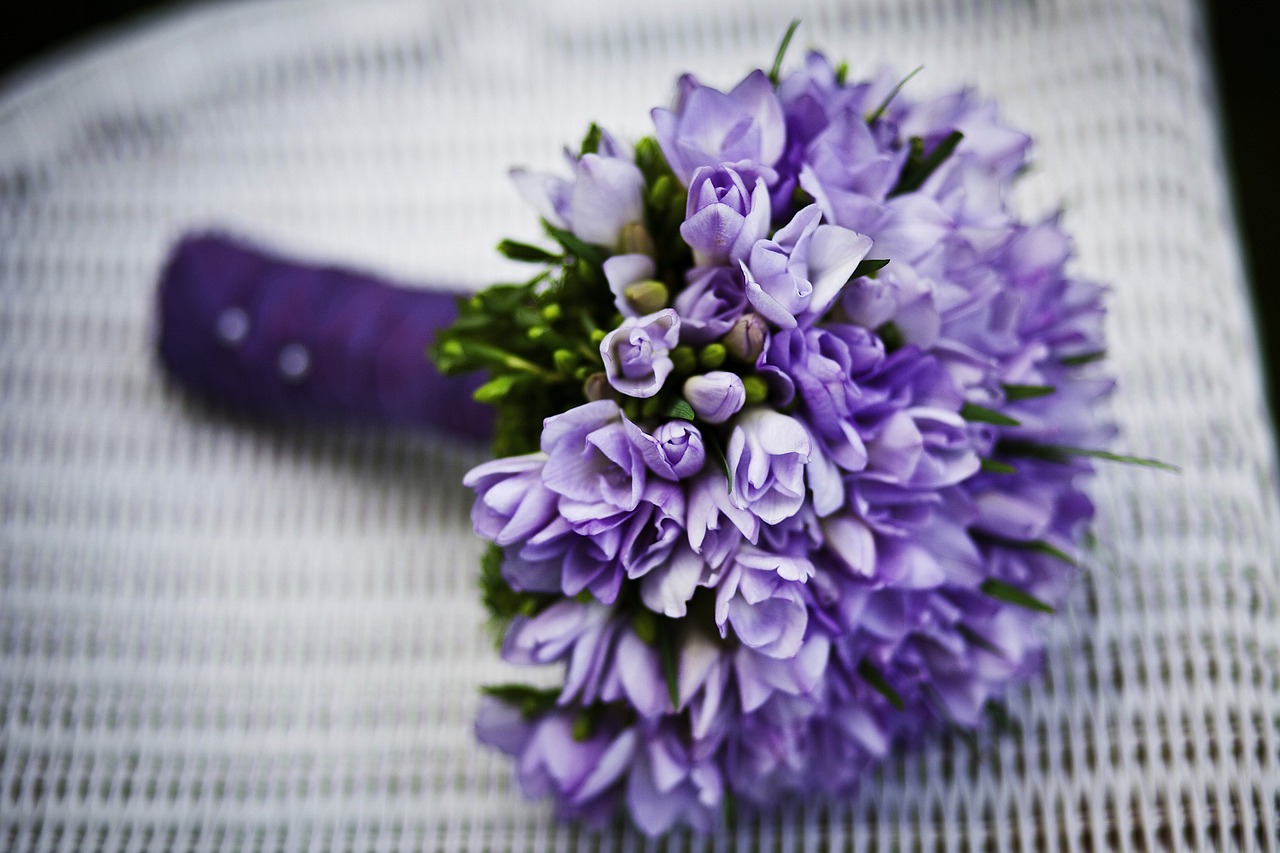
Lavender
Lavender signifies love and devotion. Its calming scent can also help ease pre-wedding jitters.
Lavender, with its delicate purple blossoms and intoxicating fragrance, carries profound symbolism beyond its aesthetic appeal. It is a flower that has long been associated with love, devotion and tranquility, making it a popular choice for various occasions, including weddings. Beyond its symbolism, lavender’s calming and soothing properties can be particularly valuable in the context of pre-wedding jitters and the overall wedding experience.
The association of lavender with love and devotion dates back centuries, with roots in various cultures and traditions. In the language of flowers, known as floriography, lavender signifies deep love and unwavering loyalty. Couples have often incorporated lavender into their wedding ceremonies, using it in bouquets, boutonnieres and as decorative elements in the wedding venue to symbolize the love and commitment they share.
Lavender’s calming scent is another remarkable aspect of this flower. It has been used for centuries as a natural remedy to alleviate stress, anxiety and nervousness. As couples prepare for their wedding day, it’s not uncommon for pre-wedding jitters to set in. These emotions, while entirely normal, can be overwhelming. Lavender’s aroma has the ability to relax the mind, reduce anxiety and promote a sense of inner peace. It’s like a gentle, fragrant embrace that helps both brides and grooms find solace and serenity amidst the excitement and nerves.
Incorporating lavender into pre-wedding rituals can be a wonderful way to harness its soothing properties. From lavender-infused baths and aromatherapy sessions to lavender sachets tucked away in wedding attire, this flower can be a valuable ally in ensuring that couples are calm, centered and ready to embrace the joyous moments of their special day.
Furthermore, the use of lavender can extend beyond the wedding ceremony itself. Couples often choose to include lavender-themed items as wedding favors or gifts for their guests, allowing them to take a piece of the serene atmosphere and symbolic love with them. Lavender-infused products, such as sachets, candles or bath salts, can serve as beautiful reminders of the couple’s devotion and appreciation for their loved ones.
In sum, lavender’s significance as a symbol of love and devotion is deeply intertwined with its natural ability to calm and soothe. Its presence in wedding ceremonies and preparations reflects a desire for a harmonious and tranquil start to the marital journey. As couples embrace this lovely flower, they not only celebrate their love but also create a serene and memorable wedding experience for themselves and their cherished guests.
To expand your knowledge on this subject, make sure to read on at this location: How to Pick the Perfect Colors for Your Sola Wood Wedding Flowers …
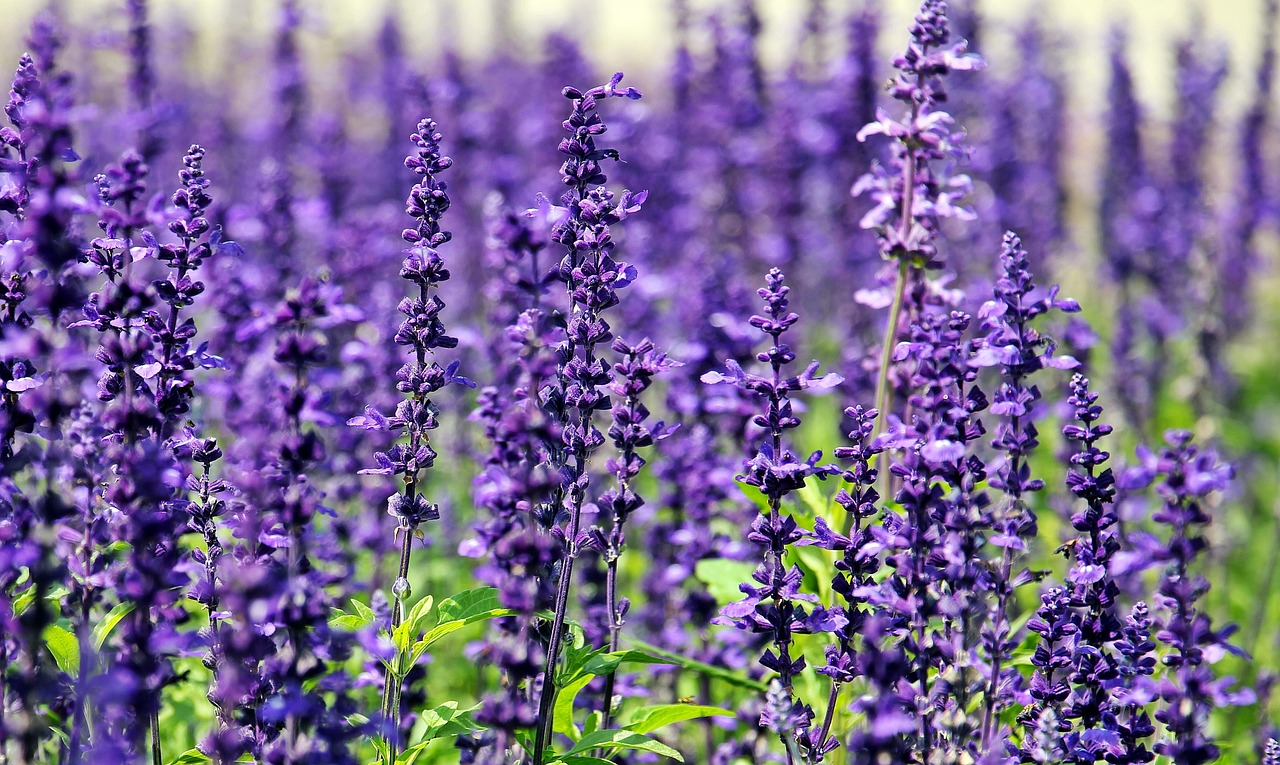
Wedding Flower Trends
Wedding flower trends evolve with time, reflecting changes in style, aesthetics and individual preferences. Here are some of the latest trends in wedding flowers:
Wedding flower trends are a beautiful testament to the ever-evolving world of weddings, where personal style and creativity reign supreme. As we step into the current era of wedding planning, here are some of the latest trends in wedding flowers that brides and grooms are embracing to infuse their special day with unique charm and elegance:
1. Sustainable Floristry: Eco-conscious couples are choosing sustainable floristry options for their weddings. This trend involves using locally sourced, seasonal flowers and greenery, reducing the carbon footprint associated with flower transportation. Brides and grooms are also opting for reusable floral installations and arrangements that can be repurposed or composted after the wedding.
2. Wild and Unstructured Bouquets: The trend of wild and unstructured bouquets continues to captivate couples seeking a natural and organic aesthetic. These bouquets often feature a diverse mix of blooms, greens and textural elements, evoking the feeling of freshly gathered flowers from a countryside meadow.
3. Dried and Preserved Flowers: Dried and preserved flowers are having a moment in the wedding world. These timeless blooms offer longevity, making them an excellent choice for sentimental keepsakes or decor that can be cherished long after the wedding day. They also add a unique and rustic touch to wedding arrangements.
4. Monochrome and Ombre Palettes: Monochrome and ombre color palettes are gaining popularity for wedding flower arrangements. Couples are choosing shades of a single color or a gradual transition from one hue to another for a visually stunning and cohesive look.
5. Unique Foliage: Foliage is taking center stage in wedding floral designs. Beyond traditional greens, couples are incorporating unique foliage varieties like eucalyptus, ferns and succulents to add texture and depth to their arrangements.
6. Flower Clouds and Installations: Dramatic flower clouds and installations are transforming wedding venues into enchanting floral wonderlands. These breathtaking suspended floral arrangements create a sense of magic and romance, making them a captivating focal point for ceremonies and receptions.
7. Personalized Blooms: Couples are incorporating personalized touches into their wedding flowers, such as selecting blooms that hold special meaning to them or incorporating flowers that are native to their hometowns or ancestral regions. This personalization adds sentimental value to the floral decor.
8. Statement Flowers: Bigger is better when it comes to statement flowers. Oversized blooms like peonies, dahlias and proteas are making a bold statement in bouquets and centerpieces, adding drama and impact to the overall design.
9. Minimalist and Modern Designs: Some couples are gravitating toward minimalist and modern floral arrangements characterized by clean lines, simplicity and a focus on a single striking bloom or element. These designs exude contemporary elegance and sophistication.
10. Floral Jewelry and Accessories: Bridal floral jewelry and accessories, such as floral crowns, bracelets and anklets, are making a stylish comeback. These floral adornments add a touch of whimsy and charm to the bride’s ensemble.
Wedding flower trends are as diverse and unique as the couples they celebrate. Whether you’re drawn to sustainability, embracing the beauty of dried flowers or opting for bold statement blooms, these trends offer a canvas for creativity and personal expression, ensuring that your wedding day reflects your love story and style in every petal and arrangement.
You can also read more about this here: Orchid Wedding Bouquet & Flowers

Sustainable Choices
Many couples are opting for locally sourced and seasonal blooms to reduce their wedding’s environmental footprint. Wildflowers, succulents and herbs are popular choices for eco-conscious weddings.
“Many couples are opting for locally sourced and seasonal blooms to reduce their wedding’s environmental footprint, embracing a trend that not only benefits the planet but also adds a unique charm to their celebrations. Here’s a closer look at how this eco-conscious approach is reshaping the world of wedding flowers:
1. Supporting Local Communities: Choosing locally sourced flowers means supporting local growers and economies. It fosters a sense of community and strengthens the connection between your wedding and the region where it takes place. Knowing that your floral choices have a positive impact on nearby flower farms can add a heartwarming dimension to your special day.
2. Seasonal Beauty: Seasonal blooms are not only more sustainable but also naturally complement the time of year when you tie the knot. Spring weddings can feature blossoms like tulips, daffodils and cherry blossoms, while autumn weddings can showcase the richness of dahlias, sunflowers and chrysanthemums. Seasonal choices align your wedding with the rhythms of nature, creating a visually harmonious experience.
3. Unique Aesthetics: Local and seasonal flowers often bring distinctive textures and colors to your arrangements. Wildflowers, for instance, offer a whimsical and untamed quality, perfect for bohemian or rustic-themed weddings. Succulents and herbs, with their diverse shapes and shades, add an unexpected and charming twist to bouquets and centerpieces.
4. Reduced Carbon Footprint: By reducing the distance your flowers travel to reach your wedding, you significantly cut down on the carbon emissions associated with transportation. This eco-friendly choice aligns with the growing awareness of environmental conservation and climate change, making your wedding a statement of sustainability.
5. Fresher Blooms: Locally sourced flowers are often fresher, as they haven’t endured long journeys or extended periods in cold storage. This freshness not only enhances the vibrancy and fragrance of your floral arrangements but also contributes to their longevity, allowing you to enjoy your blooms even after the wedding.
6. Farm-to-Table Inspiration: The farm-to-table movement has extended to the world of wedding catering and it pairs beautifully with locally sourced flowers. Couples are incorporating edible flowers and herbs into their wedding menus, creating a cohesive and immersive experience that delights the senses.
7. DIY Possibilities: Choosing local and seasonal flowers can also inspire couples to embrace DIY wedding décor. With the right guidance, you can explore your creativity by arranging your own flowers, adding a personal touch to your wedding preparations.
In a world increasingly conscious of environmental responsibility, the choice of locally sourced and seasonal flowers for your wedding is a testament to your commitment to a sustainable future. Beyond the practical benefits of reducing the carbon footprint, this choice infuses your celebration with authenticity, beauty and a deeper connection to nature and community. It’s a trend that not only enhances the aesthetics of your wedding but also enriches the overall experience, making your special day an eco-conscious celebration of love and commitment.”
Looking for more insights? You’ll find them right here in our extended coverage: Easter Flowers | 10 Symbolic Choices & Their Meanings (2023)

Bold Colors
Vibrant, statement-making floral arrangements are gaining popularity. Couples are choosing bold, unconventional color palettes to make their bouquets and centerpieces pop.
Vibrant, statement-making floral arrangements are becoming a delightful trend in the world of weddings and events. Today’s couples are increasingly embracing bold and unconventional color palettes to infuse their special day with a sense of uniqueness and personality. Here’s how this trend is making a significant impact:
Expressing Individuality: Couples are using bold floral choices to express their individuality and break away from traditional wedding aesthetics. Whether it’s deep, dramatic hues like burgundy and navy or vibrant, unexpected shades like electric blue or fiery orange, these unconventional palettes reflect the couple’s unique style and preferences.
Creating Visual Impact: Bold colors in floral arrangements create instant visual impact. They draw the eye, making bouquets and centerpieces stand out in photos and against various backgrounds. This effect not only enhances the overall ambiance of the event but also leaves a lasting impression on guests.
Symbolism and Personal Meaning: Couples often select colors that hold personal significance. For example, shades of green might represent growth and harmony, while passionate reds might symbolize love and devotion. Incorporating these meaningful colors into their floral arrangements adds depth and emotional resonance to the celebration.
Seasonal Inspiration: Bold color palettes can be inspired by the season in which the wedding takes place. For a fall wedding, rich, earthy tones like deep purples and burnt oranges evoke the changing leaves, while a summer wedding might feature vibrant pinks, corals and yellows reminiscent of blooming gardens.
Diverse Flower Selection: To achieve these striking color combinations, couples are exploring a wider variety of flower options. Unique blooms and exotic species are being incorporated into arrangements, offering both texture and depth to the overall design.
Contrasting Elements: Bold colors are often paired with contrasting elements, such as metallic accents or lush greenery. This contrast adds an extra layer of interest to the arrangements, making them visually dynamic and appealing.
Influencing Décor Choices: The choice of bold floral palettes is not limited to bouquets and centerpieces alone. It also influences other wedding décor elements, including table linens, bridesmaid dresses and even stationery design, creating a cohesive and visually striking theme throughout the event.
In essence, the trend of using bold, unconventional color palettes in floral arrangements is an exciting departure from tradition, allowing couples to infuse their weddings with a burst of personality, symbolism and visual allure. It’s a celebration of creativity, individuality and the power of flowers to transform any event into a vibrant and memorable occasion.
Additionally, you can find further information on this topic by visiting this page: April Showers Bring Beautiful Spring Wedding Flowers | Wedding …

Dried Flowers
Dried flowers add a touch of nostalgia and rustic charm to weddings. They can be used in bouquets, boutonnieres and as décor elements.
Dried flowers have emerged as a charming and nostalgic trend in the world of weddings, offering a unique opportunity to infuse your special day with a sense of rustic elegance and timeless beauty. Beyond their versatility in use, here are some compelling reasons why dried flowers have become a beloved choice for couples looking to create a memorable wedding experience:
Sustainable Beauty: Dried flowers are a sustainable choice, aligning with the growing eco-consciousness of today’s couples. Unlike fresh flowers, they don’t require refrigeration or extensive transportation, reducing their carbon footprint. Plus, they can be preserved long after the wedding as keepsakes or home décor, making them a sustainable choice that continues to bring joy.
Seasonal Flexibility: Planning a wedding around specific flower seasons can be challenging. Dried flowers offer the freedom to choose your favorite blooms regardless of the time of year. Whether you dream of sunflowers in winter or hydrangeas in summer, dried flower arrangements provide year-round access to your preferred blossoms.
Endless Variety: Dried flowers come in an astonishing array of colors, shapes and sizes, offering endless creative possibilities. You can curate a bouquet that perfectly matches your wedding theme, from soft pastels to vibrant jewel tones or even incorporate unique botanical elements like pampas grass, lavender or wheat for a truly distinctive look.
Lasting Memories: Dried flowers become cherished mementos of your wedding day. Couples often keep a few petals from their bouquet or boutonniere as a tangible reminder of their vows. Additionally, you can repurpose dried flower arrangements as home décor, ensuring that your wedding’s beauty continues to grace your daily life.
Texture and Detail: Dried flowers introduce delightful textures and intricate details to your wedding design. Their slightly aged appearance adds depth and character to bouquets and centerpieces, creating a visual and tactile richness that captivates both the eye and the heart.
A Touch of Vintage: Dried flowers have an inherently nostalgic quality, reminiscent of bygone eras when such blooms were commonly used in ceremonies. This vintage charm adds a layer of romanticism to your wedding, connecting your celebration to the timeless traditions of the past.
Low Maintenance: Unlike fresh flowers that require careful handling and refrigeration, dried flowers are low-maintenance. They don’t wilt or require constant care, allowing you to focus on enjoying your wedding day without worrying about the state of your floral arrangements.
Incorporating dried flowers into your wedding not only provides a nod to the past but also reflects a commitment to sustainability and a desire for a unique and enduring celebration. Whether used in bouquets, boutonnieres or as decorative elements, dried flowers contribute to a wedding’s atmosphere of love, authenticity and lasting beauty.
To delve further into this matter, we encourage you to check out the additional resources provided here: Picking the perfect flowers for your big day – Peppermint Press
Greenery and Foliage
Greenery-heavy arrangements with minimal blooms have a timeless and elegant appeal. Eucalyptus, ferns and olive branches are often incorporated for a lush, organic look.
Elegance in Simplicity: Greenery-Centric Floral Arrangements
In the world of floral design, there’s a timeless allure in embracing the simplicity and lushness of greenery-heavy arrangements. These creations rely on the verdant beauty of leaves, branches and foliage, with blooms taking a backseat. It’s a style that exudes sophistication and a deep connection to nature. Here, we delve into the enduring charm of greenery-centric arrangements and explore some of the key botanical elements that contribute to their organic, elegant appeal:
Eucalyptus Elegance: Eucalyptus is a star player in greenery-centric arrangements. Its delicate, silvery-green leaves lend an air of refinement to any bouquet or centerpiece. Eucalyptus is celebrated not only for its aesthetic qualities but also for its invigorating fragrance, which infuses the space with a fresh, calming scent.
Ferns: Nature’s Artistry: Ferns bring a touch of nature’s artistry to floral design. Their intricate, lacy fronds provide texture and visual interest. Ferns are versatile and come in various species, each offering unique shapes and green hues. From the feathery elegance of maidenhair ferns to the bold presence of sword ferns, they contribute depth and character to arrangements.
Olive Branches: A Symbol of Peace: Olive branches have a rich history of symbolism, often representing peace and prosperity. In floral design, they contribute a sense of tranquility and timeless beauty. The silvery leaves and slender branches of olive foliage create a graceful backdrop for other botanical elements.
Monochromatic Majesty: Greenery-centric arrangements often embrace monochromatic themes, focusing on various shades and textures of green. This approach adds depth and sophistication to the design. Monochromatic arrangements can be both soothing and visually captivating, making them suitable for a range of occasions, from weddings to corporate events.
Structural Brilliance: Greenery-heavy designs allow for the exploration of structural brilliance. Foliage can be manipulated to create intricate patterns, elegant cascades or geometric shapes, adding an artistic dimension to the arrangement. The contrast between structured elements and the organic fluidity of leaves creates a harmonious balance.
Sustainability and Longevity: Greenery-centric arrangements often boast sustainability and longevity. Many foliage varieties are hardy and can withstand the test of time, making them a responsible choice for eco-conscious consumers. They can be preserved as dried arrangements or repurposed in various ways, reducing waste.
Adaptable and Versatile: One of the remarkable qualities of greenery-centric arrangements is their adaptability. They complement a wide range of floral blooms, allowing for endless creative possibilities. Whether paired with delicate roses for a romantic wedding bouquet or combined with tropical foliage for a vibrant centerpiece, greenery remains a versatile choice.
Timeless Appeal: Greenery-heavy arrangements have an enduring, classic appeal that transcends trends. They evoke a sense of timelessness and elegance, making them suitable for both traditional and contemporary settings. Their adaptability ensures they continue to grace celebrations and spaces for generations.
In conclusion, greenery-centric floral arrangements offer a timeless and elegant alternative to traditional bloom-heavy designs. Their organic beauty, textural richness and adaptability make them a perennial favorite in the world of floral design. Whether used to convey a sense of tranquility, celebrate nature’s artistry or create structural brilliance, these arrangements capture the essence of greenery’s timeless allure and its lasting connection to the world of horticultural excellence.
To expand your knowledge on this subject, make sure to read on at this location: The Best Flowers for All Occasions
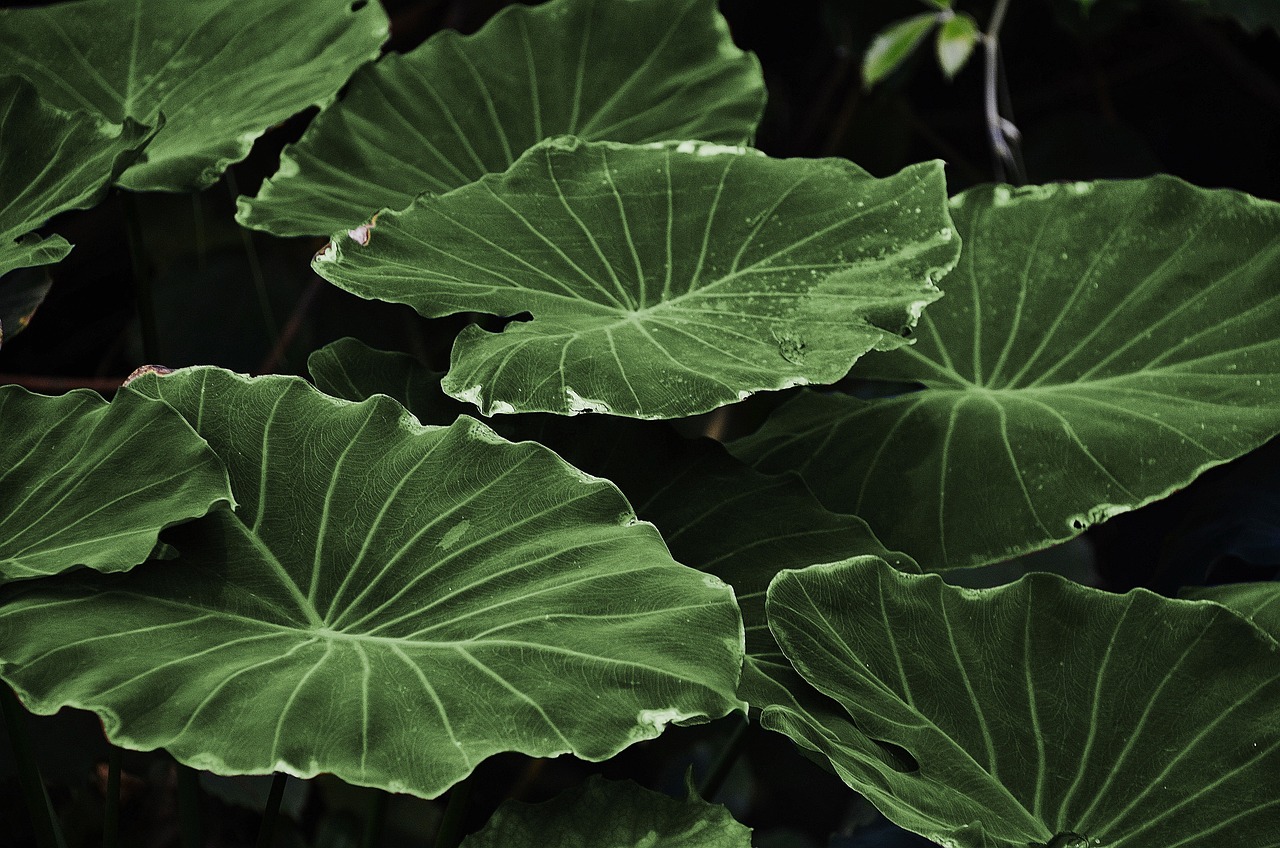
Personalization
Couples are infusing their personalities and stories into their floral choices. Adding sentimental flowers or meaningful accents can make the bouquet truly unique.
Certainly, let’s expand on the idea of how couples are infusing their personalities and stories into their wedding floral choices:
Personalized Wedding Bouquets: A Blossoming Expression of Love
In the modern wedding landscape, couples are embracing a trend that goes beyond the aesthetics of flowers; they are using floral arrangements to tell their love story and celebrate their unique bond. Here’s how personalized wedding bouquets are becoming a cherished tradition:
Symbolic Blooms: Couples are selecting flowers that hold special significance in their relationship. Each bloom carries a unique meaning and by incorporating them into the bouquet, couples can convey sentiments like love, fidelity or prosperity. For example, roses may represent enduring love, while lilies symbolize purity.
Sentimental Accents: In addition to flowers, couples are adding sentimental accents to their bouquets. This can include heirloom jewelry, charms or even small framed photographs. These elements serve as touching reminders of loved ones who may not be present or symbolize shared memories.
Thematic Touches: Wedding themes or shared interests can inspire floral choices. For instance, if a couple shares a love for literature, they might include book-themed accents or incorporate flowers mentioned in their favorite books. This personal touch infuses the bouquet with layers of meaning.
Cultural Significance: Many couples honor their cultural heritage by including flowers and motifs that hold significance in their traditions. These additions not only pay tribute to their roots but also add depth and cultural richness to the celebration.
Seasonal Selections: Couples are increasingly opting for seasonal blooms that align with the date of their wedding. This not only enhances the bouquet’s freshness but also ties it to the natural beauty of the wedding season.
Eco-Friendly Choices: As environmental consciousness grows, some couples choose locally sourced, sustainable or even edible flowers to align with their eco-friendly values. This eco-conscious approach adds a unique twist to the bouquet’s composition.
Artistic Expression: For couples with a passion for art, the bouquet becomes a canvas for creative expression. They work with florists to craft unique arrangements that reflect their artistic vision, blending colors, textures and shapes in imaginative ways.
Bouquet Photo Tributes: Couples are increasingly using their bouquets as a canvas for honoring loved ones who are no longer with them. Photos, letters or small mementos are discreetly incorporated into the bouquet, creating touching tributes.
DIY Bouquets: Some couples take a hands-on approach by creating their own bouquets. This not only allows for personalization but also adds a sense of accomplishment and pride in the final result.
Keepsake Bouquets: To preserve the memory of their special day, couples are opting for dried or silk flowers that can be cherished for years to come. These keepsake bouquets hold lasting sentimental value.
In summary, personalized wedding bouquets have become a creative canvas for couples to express their love story and individuality. By infusing their personalities, shared experiences and cultural backgrounds into their floral choices, they are not only creating stunning visual displays but also crafting beautiful narratives that enhance the magic of their wedding day. These personalized bouquets serve as a tangible representation of their unique bond, making each wedding truly unforgettable.
For additional details, consider exploring the related content available here A Better Choice for Wedding Flowers | Wholesale … – Whole Blossoms
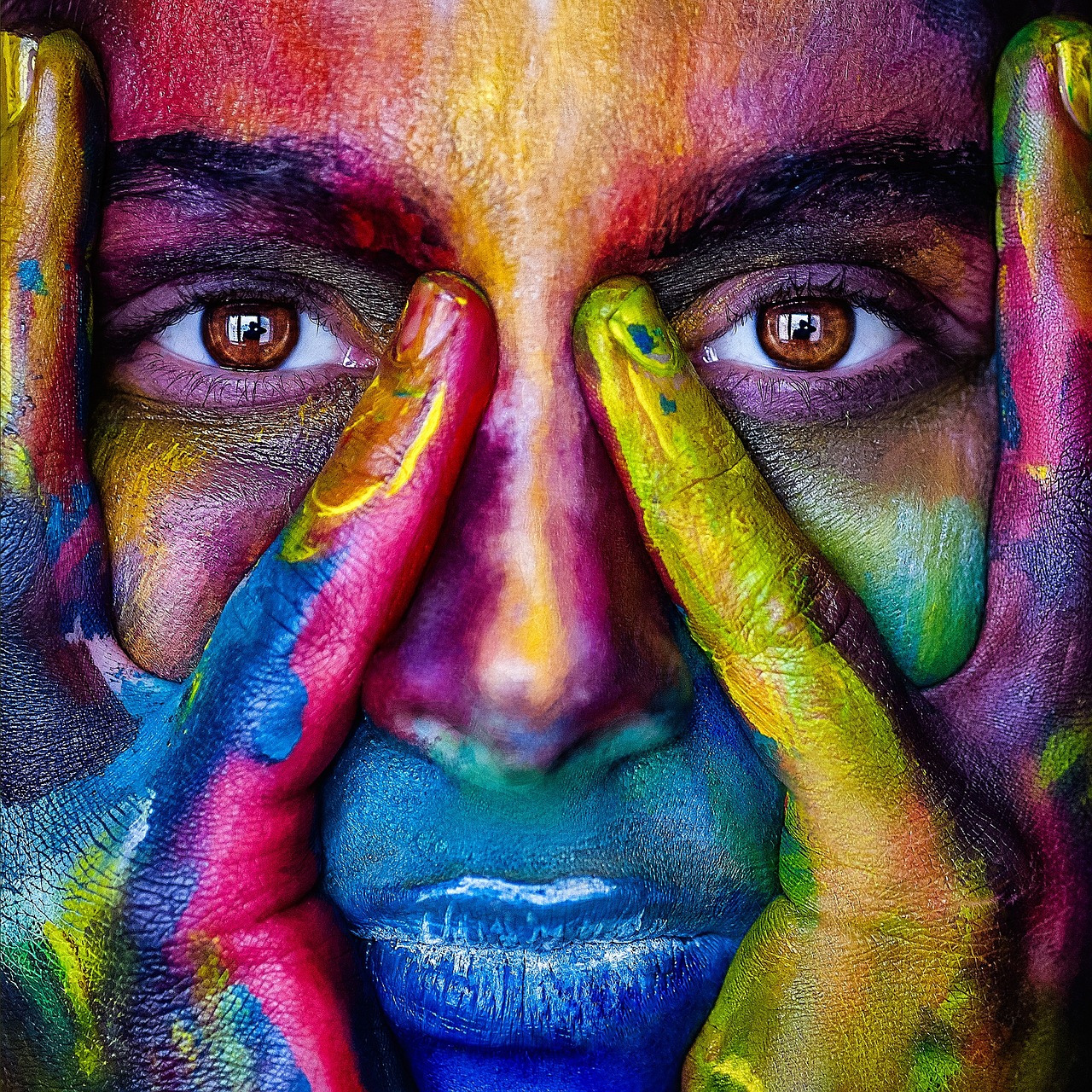
Choosing the Perfect Wedding Bouquet
Selecting the ideal wedding bouquet involves considering several factors:
Selecting the ideal wedding bouquet is a deeply personal and meaningful decision, one that involves careful consideration of several factors to ensure that it perfectly complements your wedding day vision and style. These factors play a pivotal role in creating a bouquet that not only enhances your bridal ensemble but also reflects your personality and the overall ambiance of the occasion.
Wedding Theme and Color Palette: Begin by examining your chosen wedding theme and color palette. Your bouquet should harmonize with these elements, either by mirroring the dominant hues or by providing a complementary contrast. Whether your theme is rustic, vintage, modern or romantic, your bouquet can encapsulate its essence through the choice of flowers and colors.
Seasonal Flowers: Consider the season in which you’re tying the knot. Opting for flowers that are in season not only ensures their freshness but also connects your bouquet to the time of year, adding a touch of natural authenticity to your celebration. Spring may inspire tulips and peonies, while fall might call for rich-hued chrysanthemums and dahlias.
Bouquet Shape and Size: The shape and size of your bouquet should complement your body type, wedding dress and overall aesthetic. Petite brides may prefer smaller, more compact bouquets, while taller brides might opt for cascading or larger arrangements. The bouquet’s shape, whether round, cascading or hand-tied, should align with your dress style and silhouette.
Floral Preferences: Consider your personal floral preferences and any sentimental value attached to certain blooms. Do you have a favorite flower or a special flower that holds meaning for you and your partner? Including such blooms in your bouquet can add a personal touch and emotional resonance to your wedding day.
Allergies and Fragrance: Be mindful of any allergies you or your guests may have. Some flowers are highly fragrant and may trigger allergies. If you or your partner have sensitivities, discuss flower options with your florist to ensure a comfortable and sneeze-free day.
Budget: Flowers can be a significant expense in wedding planning. Work with your florist to select blooms that align with your budget while still achieving the desired aesthetic. They can suggest cost-effective alternatives or combinations that achieve the look you want without breaking the bank.
Transportation and Climate: Consider the logistics of your wedding day. Some flowers are more delicate and may not withstand long periods without water or extreme temperature fluctuations. Discuss transportation and storage arrangements with your florist to ensure your bouquet looks fresh throughout the day.
Bouquet Accessories: Don’t forget about accessories such as ribbons, lace or sentimental heirlooms that can be incorporated into your bouquet. These elements can enhance the bouquet’s visual appeal and hold sentimental significance.
In essence, selecting the ideal wedding bouquet is a thoughtful process that requires attention to detail and personal preferences. By taking these factors into account, you can craft a bouquet that not only enhances your wedding day but also becomes a cherished symbol of your love and the beauty of the moment.
Should you desire more in-depth information, it’s available for your perusal on this page: How to Choose Wedding Flowers, Step by Step
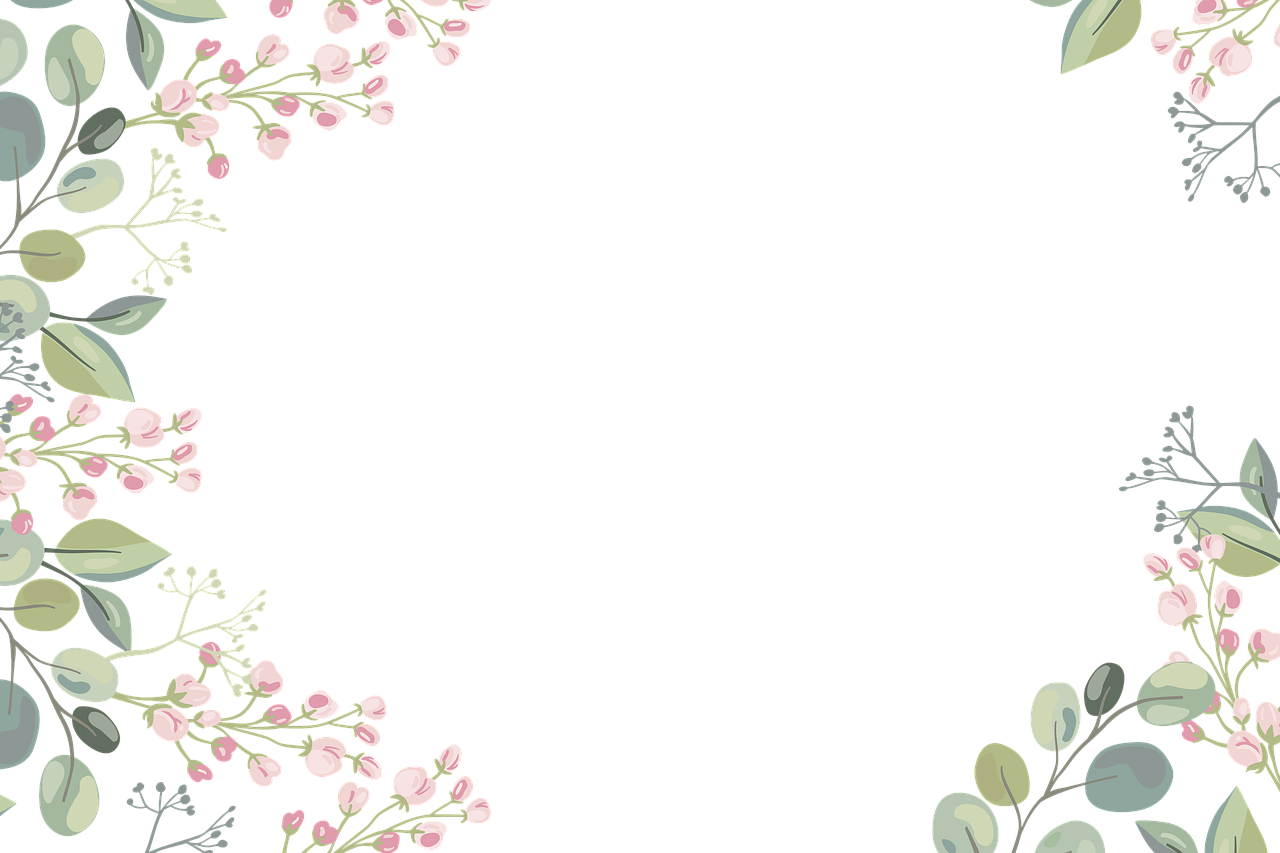
Color Scheme
Your bouquet should complement the wedding’s color scheme and theme. Consider the season, venue and overall aesthetic when choosing colors.
Selecting the perfect bouquet for your wedding is a creative endeavor that goes beyond mere aesthetics; it’s an opportunity to infuse your special day with personal style and meaning. To ensure that your bouquet complements the wedding’s color scheme and theme seamlessly, there are several key factors to consider.
Harmonizing with the Color Scheme: Your bouquet should harmonize with the overall color scheme of your wedding. Whether you’ve chosen a romantic pastel palette, a vibrant and eclectic mix or a classic monochrome theme, your bouquet’s colors should complement and enhance the chosen scheme. Harmonious colors create a visual unity that ties the entire event together.
Seasonal Considerations: Seasonal flowers not only add a touch of freshness and authenticity but also harmonize effortlessly with the time of year. Spring weddings can embrace the soft hues of cherry blossoms and peonies, while summer affairs may feature bright and bold blooms like sunflowers and dahlias. Autumnal celebrations can showcase warm and earthy tones and winter weddings can shimmer with silver and white accents.
Venue Vibes: The wedding venue itself can influence your bouquet’s color choice. An outdoor garden wedding might call for soft, natural tones that blend with the surroundings, while a modern, urban setting may encourage bolder, contrasting colors to create a striking visual impact. Consider how the bouquet will interact with the venue’s ambiance.
Personal Style: Your bouquet should reflect your personal style and preferences. If you’re drawn to a specific color or flower, don’t hesitate to incorporate it into your arrangement. Your bouquet is an expression of your unique taste and personality, making it a wonderful opportunity for self-expression.
Symbolism and Sentiment: Flowers often carry symbolic meanings and some couples choose blooms that hold special significance. For example, roses symbolize love, while lavender represents devotion. Incorporating flowers with meaningful symbolism can add an extra layer of depth and sentiment to your bouquet.
Bouquet Shape and Size: The shape and size of your bouquet can also impact its visual impact. A cascading bouquet may feature a variety of colors that flow together gracefully, while a compact round bouquet can create a bold statement with a single dominant hue.
Consult with Professionals: Wedding florists are experts at helping couples navigate the complexities of color, style and theme when it comes to bouquets. Don’t hesitate to consult with a professional florist who can offer valuable insights and recommendations tailored to your specific wedding vision.
In the end, your bouquet is not just a beautiful accessory; it’s a reflection of your love story, your personality and the ambiance you wish to create on your wedding day. By carefully considering the color scheme, season, venue and your own preferences, you can choose a bouquet that not only complements your wedding but also adds an extra layer of beauty and meaning to the celebration.
Don’t stop here; you can continue your exploration by following this link for more details: Wedding Colors – Popular Palettes & Trends for 2023
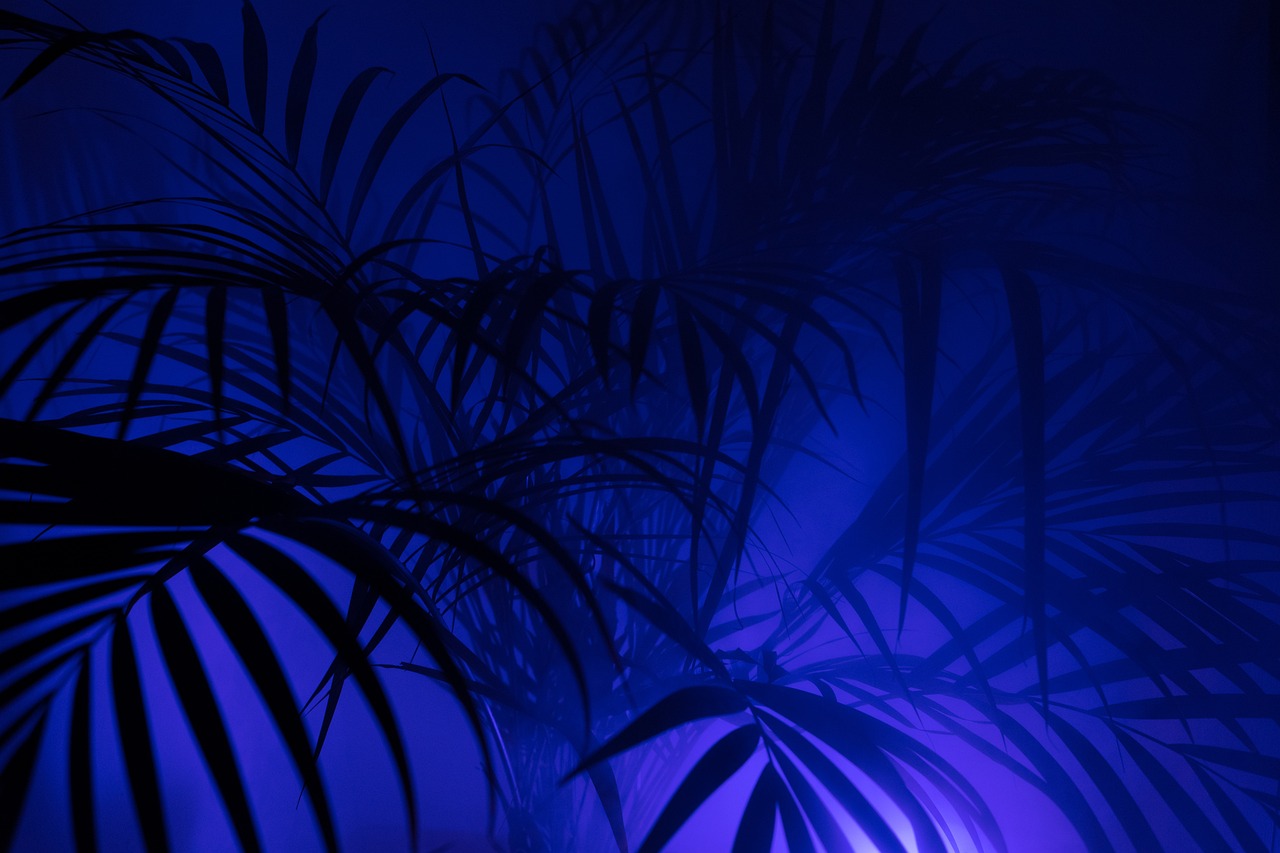
Bloom Selection
Choose blooms that hold personal meaning for you and your partner. Consider the symbolism and sentimental value of each flower.
Choosing the right blooms for your special occasion goes beyond aesthetics; it’s an opportunity to infuse personal meaning and sentiment into your celebration. Here’s why selecting flowers with personal significance can make your event even more memorable:
Symbolism with Significance: Flowers have been steeped in symbolism for centuries, making them a rich language of emotions. Each flower carries its own meanings and messages. By selecting blooms that resonate with you and your partner, you can convey sentiments and wishes that are deeply meaningful. For example, red roses symbolize love and passion, while lilies represent purity and devotion. These subtle messages add layers of emotion to your floral choices.
Telling Your Love Story: Flowers can also serve as storytellers of your journey as a couple. Consider incorporating blooms that have played a role in your relationship. It could be the type of flower you gave on your first date or the one you had in your bouquet when you got engaged. These flowers become more than decorations; they become chapters in your love story.
Honoring Cultural Traditions: Flowers often carry cultural significance and traditions. If you and your partner come from different cultural backgrounds, you can use flowers to pay homage to both heritages. Incorporating blooms that are traditional in your respective cultures can be a beautiful way to celebrate your diverse backgrounds and shared future.
Creating Emotional Connections: The flowers you choose can evoke specific memories and emotions. For instance, if you both have fond memories of a particular garden or a romantic vacation destination, including flowers from that place can transport you back to those cherished moments. It’s like encapsulating your memories in nature’s beauty.
Sustainability and Eco-conscious Choices: For couples who prioritize sustainability and eco-conscious choices, selecting native or locally grown flowers can be a way to reduce the environmental impact of their celebration. These flowers are not only more eco-friendly but also often hold regional significance, adding a layer of local pride to your event.
A Personal Touch: Personalizing your floral choices allows you to put your unique stamp on the occasion. You can select blooms that reflect your personalities, hobbies or shared interests. For example, if you both love hiking, wildflower arrangements can bring the essence of the outdoors into your celebration.
Incorporating flowers with personal meaning adds depth and authenticity to your special day. It’s a way of communicating your love, your journey and your shared dreams through the language of blooms. Whether you choose flowers based on their symbolism, sentimental value or cultural significance, your floral selections become a beautiful reflection of your love story, making your celebration even more memorable and meaningful.
To expand your knowledge on this subject, make sure to read on at this location: These Flowers Add Even More Meaning to Significant Events – Rose …
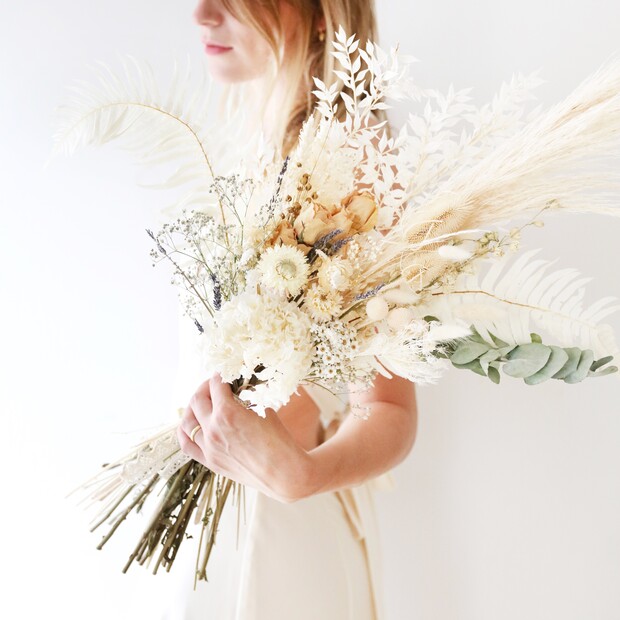
Bouquet Style
Decide on the bouquet’s shape and style, whether it’s a classic round bouquet, a cascading arrangement or a loose, hand-tied bouquet.
Deciding on the shape and style of your wedding bouquet is a pivotal moment in the floral journey of your special day. It’s the point where your personal taste, the overall theme of your wedding and the symbolism of the flowers all converge to create a breathtaking accessory that will accompany you down the aisle.
One of the most classic and universally beloved bouquet styles is the round bouquet. This timeless choice is characterized by a perfectly symmetrical arrangement, where flowers are densely packed and form a neat, circular shape. Round bouquets exude a sense of elegance and sophistication, making them a popular option for formal weddings. They are versatile and can be tailored to suit various color palettes and flower choices, from the classic romance of roses to the vibrant hues of peonies or the delicate beauty of hydrangeas.
For those looking to make a dramatic statement, the cascading bouquet is a captivating choice. With a profusion of flowers flowing gracefully downward, this style creates a sense of movement and opulence. Cascading bouquets often feature long-stemmed blooms like orchids, calla lilies or trailing greenery. They are a striking complement to ballgown-style dresses and lend an air of regal sophistication to the bridal ensemble.
In contrast, the hand-tied bouquet embodies a more relaxed and rustic charm. These bouquets exude an effortlessly natural appearance, as if you gathered the blooms yourself on a leisurely stroll through a wildflower meadow. Hand-tied bouquets feature loosely arranged flowers, often with stems exposed and bound together with a ribbon or twine. They are perfect for outdoor or bohemian-themed weddings, capturing the essence of simplicity and unpretentious beauty.
Beyond these classic styles, there’s a vast world of bouquet possibilities to explore. You can opt for a posy bouquet, which is small and compact, ideal for a vintage or intimate wedding. Nosegay bouquets are similar but often feature tightly packed flowers with uniform stems. Then there are pomander bouquets, which are spherical and designed to be carried by a ribbon loop and composite bouquets, where petals are individually wired together to create a single, intricate flower.
The shape and style of your bouquet are not only about aesthetics but also about conveying your personality, reflecting the theme of your wedding and celebrating the unique love story you share with your partner. As you make this choice, remember that your bouquet is not just an accessory; it’s a beautiful expression of your journey together, a symbol of your love and a cherished part of the memories you’ll create on your wedding day.
Additionally, you can find further information on this topic by visiting this page: Wedding Bouquets: Your Perfect Size and Style …
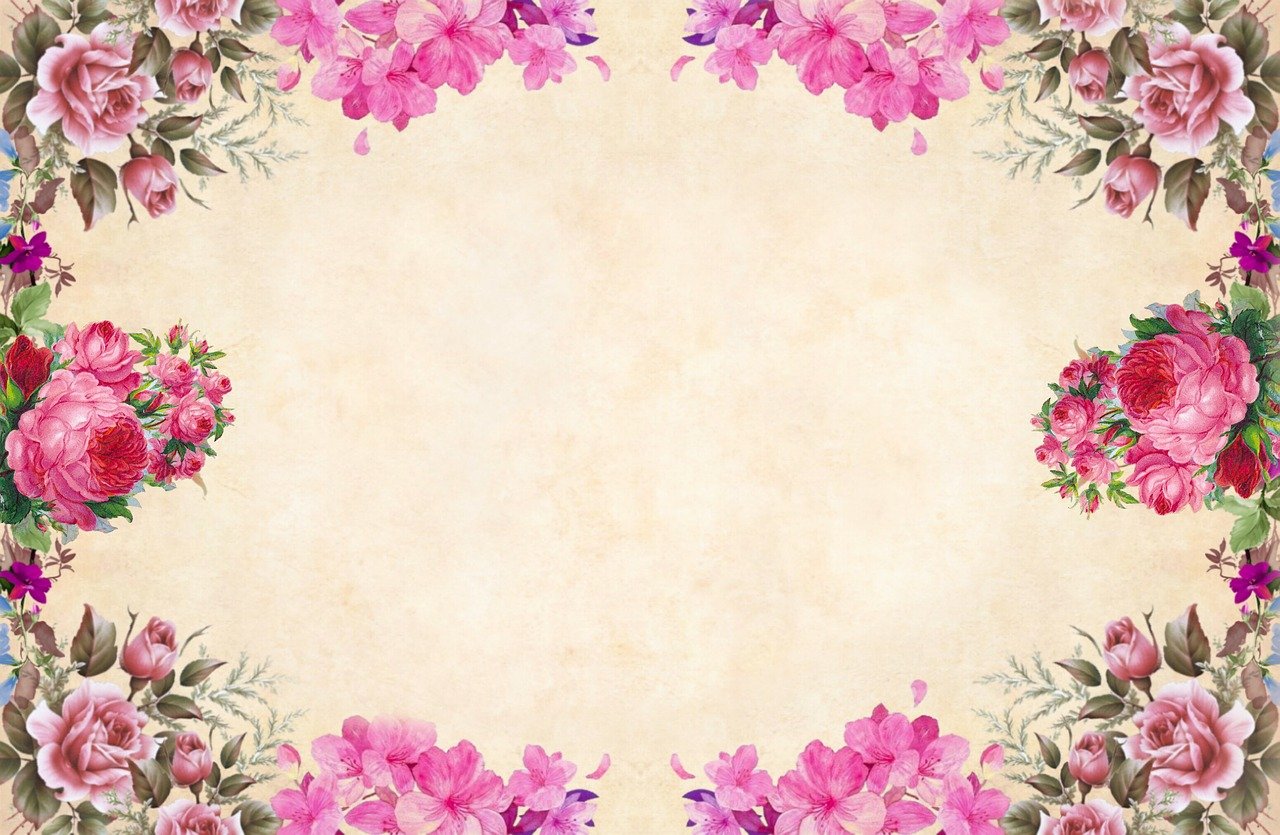
Size and Proportion
Ensure that the bouquet’s size and proportion match your wedding dress and your body frame for a balanced look.
When it comes to choosing the perfect bouquet for your wedding day, achieving harmony in size and proportion is key to creating a stunning and balanced overall look. Here’s why finding the right balance is crucial and how to go about it:
Complement Your Dress: Your wedding dress is the centerpiece of your bridal ensemble and your bouquet should enhance its beauty, not overpower it. If you have a simple and understated gown, you can opt for a larger bouquet with more elaborate blooms to add drama and flair. On the other hand, if your dress is intricate with lots of lace, beading or embroidery, a smaller, more delicate bouquet might be the ideal choice to avoid visual clutter.
Consider Your Body Frame: Your bouquet should also be in proportion to your body frame. If you are petite, an oversized bouquet can overwhelm your figure and make you appear smaller. Conversely, if you are tall and statuesque, a small, dainty bouquet might get lost against your height. Choose a bouquet size that complements your body’s proportions to create a balanced and flattering overall look.
Style Matters: The style of your wedding and the bouquet should align seamlessly. A rustic, wildflower bouquet may not suit a formal, black-tie affair, just as a structured, monochromatic bouquet might seem out of place at a bohemian beach wedding. Ensure that the bouquet’s style, size and choice of blooms harmonize with the overall theme and ambiance of your celebration.
Comfort and Practicality: Consider the practicality of your bouquet. You’ll be holding it throughout the day, posing for photos, and, of course, walking down the aisle. An excessively heavy or large bouquet can be cumbersome and distract you from enjoying the moment. Ensure that your bouquet is comfortable to hold and doesn’t obstruct your movement.
Ceremony Venue: The size and scale of your ceremony venue can also influence your bouquet choice. A large, opulent bouquet might be more suitable for a grand cathedral wedding, while a smaller, simpler bouquet could be perfect for an intimate garden ceremony.
Bouquet Shape: The shape of your bouquet matters too. Round bouquets, like posies or nosegays, offer a classic and timeless look. Cascading bouquets, on the other hand, add a touch of drama and can work well with more formal gowns. Hand-tied bouquets, which are more relaxed and unstructured, are ideal for bohemian or rustic weddings.
Finding the right balance between your wedding dress, your body frame and your bouquet size is a delicate art. It’s a decision that should reflect your personal style and the overall aesthetic of your wedding day. By paying attention to these details and ensuring that everything harmonizes, you’ll not only look stunning but also feel confident as you walk down the aisle, carrying a bouquet that complements both your attire and your unique personality.
Should you desire more in-depth information, it’s available for your perusal on this page: cascade, Author at Cascade Floral Wholesale – Page 5 of 7
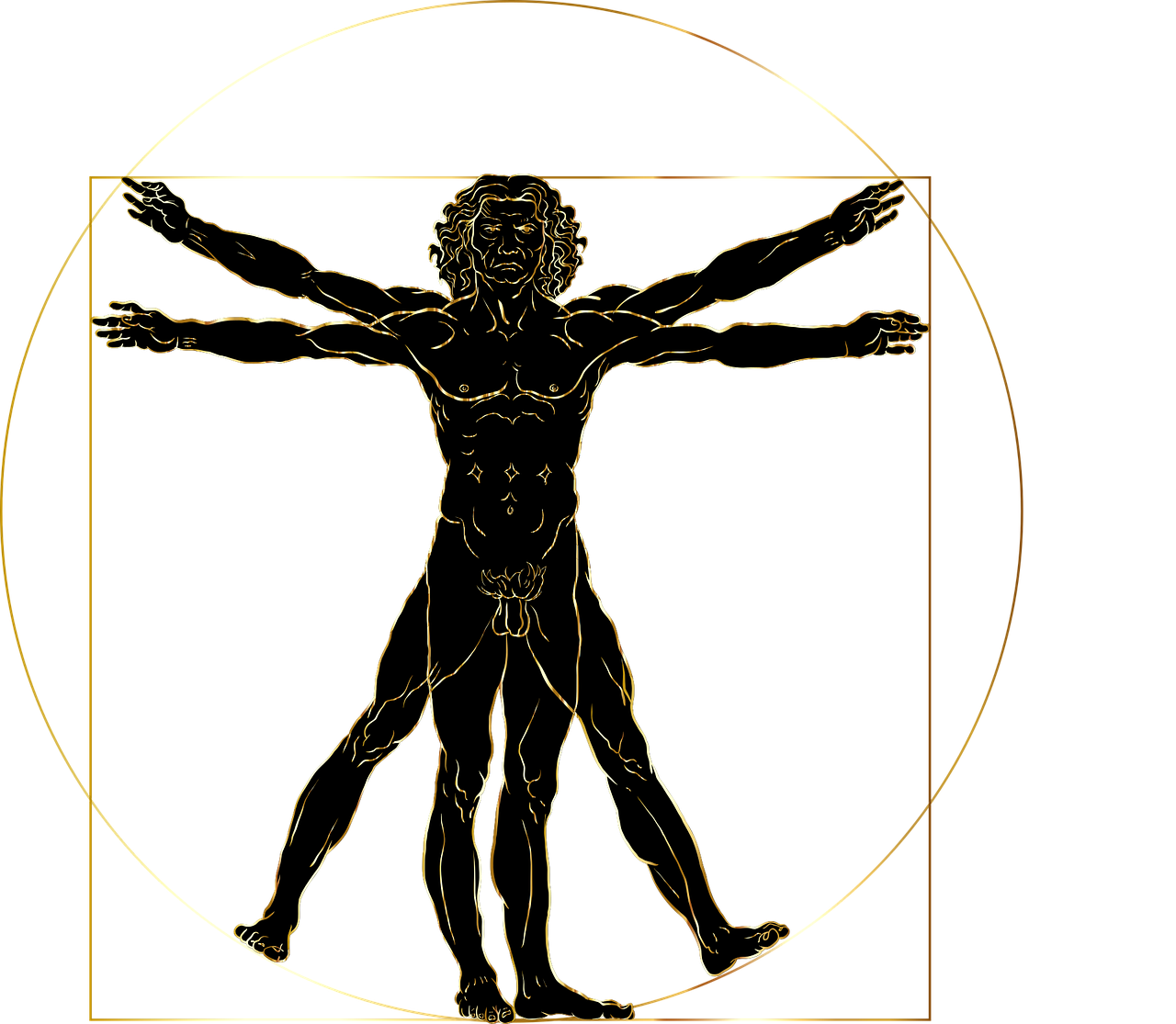
Practicality
Consider the weather conditions and how long you’ll be carrying the bouquet. Some flowers wilt quickly in the heat, while others hold up better.
When selecting the perfect bouquet for your special occasion, it’s crucial to consider not only the aesthetic appeal but also the practical aspects that will ensure your blooms stay fresh and vibrant throughout the event. The weather conditions and the duration for which you’ll be carrying the bouquet are essential factors to take into account, as they can greatly influence the choice of flowers and their longevity.
Weather Conditions: The climate and weather conditions on the day of your event play a pivotal role in the selection of your bouquet’s blooms. Here are some considerations based on different weather scenarios:
Heat and Sun: If your event takes place on a hot and sunny day, it’s important to choose flowers that can withstand heat without wilting quickly. Opt for heat-tolerant blooms such as sunflowers, zinnias or succulents. These flowers are known for their resilience and can hold up well even under intense sun exposure.
Humidity: In humid conditions, some delicate blooms may be prone to wilting or developing mold. Consider flowers that thrive in high humidity, like orchids, lilies or tropical blooms. These varieties tend to handle moisture in the air better.
Cold Weather: For weddings or events held in colder climates, it’s essential to select flowers that are cold-resistant. Roses, carnations and tulips are excellent choices as they are more cold-tolerant and less likely to wilt in chilly temperatures.
Bouquet Lifespan: Another factor to keep in mind is how long you’ll be carrying the bouquet before and during the event. Different flowers have varying lifespans once cut, so choose blooms accordingly:
Short Duration: If you’ll only be carrying the bouquet for a brief period, perhaps from the ceremony to the reception, you can consider more delicate and shorter-lived flowers like peonies or sweet peas. These flowers may not endure for extended periods but will look stunning during the critical moments.
Long Duration: For events where you’ll be holding the bouquet for an extended time, such as for outdoor photos or a full-day celebration, opt for heartier flowers with a longer vase life. Roses, alstroemerias and chrysanthemums tend to last longer after being cut and arranged.
Hydration and Preservation: Regardless of the weather or duration, it’s crucial to take steps to maintain your bouquet’s freshness. Keep a water source nearby or provide a vase with water for the bouquet when it’s not in use. Additionally, ask your florist for tips on flower preservation, such as using floral preservative packets or misting the bouquet to keep it looking its best.
By carefully considering the weather conditions and the duration for which you’ll be carrying your bouquet, you can choose the ideal combination of flowers that not only complement your event’s theme but also stand up to the elements, ensuring that your bouquet remains a vibrant and cherished part of your special day.
For additional details, consider exploring the related content available here Funeral Florist | Funeral Flowers | Rockford, IL | Stems Floral

Your wedding bouquet is a reflection of your love story and your unique style as a couple. Whether you choose classic roses, trendy succulents or sentimental blooms, your wedding flowers will not only enhance the visual beauty of your day but also add depth and personal significance to your celebration of love. So, take your time, explore the language of flowers and select the perfect bouquet that resonates with your hearts and the joyous occasion ahead.
Your wedding bouquet is a radiant emblem of your love story, a living testament to the unique journey you and your partner have embarked upon together. Beyond its aesthetic allure, your choice of wedding flowers is a profoundly personal decision, one that can infuse your special day with deeper meaning and sentiment. As you embark on the delightful journey of selecting your bouquet, consider the following elements that will not only enhance the visual beauty of your wedding but also add layers of significance to your celebration of love.
Reflection of Your Love Story: Your bouquet is an opportunity to weave elements of your love story into the very fabric of your wedding day. Each bloom can represent a cherished moment, a shared experience or a promise for the future. Whether it’s a particular flower that holds sentimental value or a color that signifies a significant chapter in your relationship, your bouquet becomes a narrative in petals and leaves.
Expressing Your Unique Style: Just as no two love stories are identical, no two wedding bouquets need to be the same. Your choice of flowers can reflect your individual and collective styles as a couple. Whether you gravitate toward timeless classics like roses, embrace contemporary trends like succulents or prefer the untamed beauty of wildflowers, your bouquet becomes a canvas to express your distinct taste.
Symbolic Language of Flowers: Delve into the rich symbolism of flowers to infuse your bouquet with hidden meanings. Many flowers carry deep connotations, from the enduring love represented by roses to the purity embodied by lilies. By incorporating these symbolic blooms, you can add layers of significance that resonate with your love story.
Emotional Resonance: Your wedding bouquet is more than just a collection of flowers; it’s a conduit for emotion. Each glance at your bouquet will evoke feelings of love, joy and anticipation. The colors, scents and textures of your chosen blooms can stir the hearts of all who witness your union.
Connection with Nature: Flowers are a gift from nature and your bouquet can serve as a connection to the natural world. The seasonal availability of certain blooms can inspire your choice, grounding your wedding in the rhythms of the Earth. This connection to nature can also symbolize the growth and renewal inherent in your commitment to each other.
Personal Touch: Consider adding personal touches to your bouquet, such as incorporating heirloom jewelry, a swatch of fabric from a beloved family member or a meaningful charm. These elements can infuse your bouquet with personal history and create a sense of continuity between generations.
Joyous Occasion Ahead: Your bouquet is a tangible representation of the joyous occasion that lies ahead. It exudes the anticipation of the love, laughter and shared moments that will unfold on your wedding day. Every time you catch a glimpse of your bouquet, it will serve as a reminder of the happiness you are about to celebrate.
In conclusion, as you embark on the journey of selecting your wedding bouquet, relish the opportunity to create a floral masterpiece that resonates deeply with your hearts. Each petal and leaf is a brushstroke on the canvas of your love story, a testament to your unique bond and a symbol of the joyous union that awaits. So, take your time, savor the process and let the language of flowers speak volumes on the most special day of your life.
Explore this link for a more extensive examination of the topic: Flowers For Every Occasion: The Perfect Blooms for Birthdays …
More links
To expand your knowledge on this subject, make sure to read on at this location: Inspiration for Wedding Flowers
